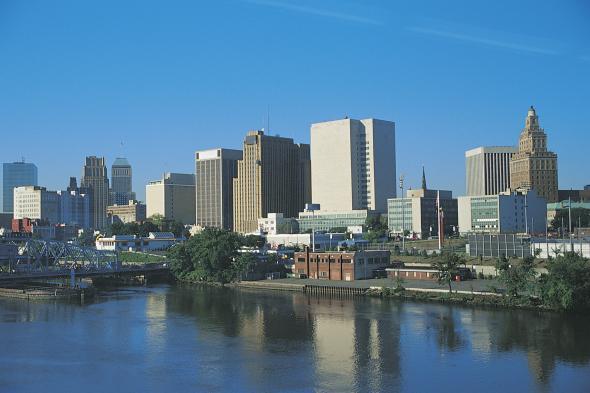As congressional hearings and recriminations related to the Flint water crisis continue, state and local officials say that children in Newark, New Jersey, public schools may have been exposed to potentially harmful levels of lead in tap water.
The numbers involved are a little convoluted, but here’s what’s going on:
- The EPA requires water providers to take action to reduce the amount of lead in tap water if more than 10 percent of samples are found to have lead levels of 15 parts per billion or higher.
- According to the Wall Street Journal, out of 2,732 Newark-school water-quality samples collected between the 2012 and 2015 school years, 11 percent had lead levels above 15 ppb.
- At least one sample tested above 15 ppb in 30 of the district’s 60-plus school buildings.
In Flint, by comparison, one study found levels of lead above 15 ppb in 16 percent of tested samples after the city switched to a corrosive water source that caused lead plumbing materials to leach into drinking water. (Leaching from outdated plumbing materials is what’s believed to have happened in Newark’s schools as well.) A Flint hospital study conducted at about the same time found that rates of children with elevated blood lead levels had doubled.
Drinking fountains and faucets have been shut off and replaced with water coolers and bottled water at the 30 schools where samples above 15 ppb were recorded; the city is also making free tests available to parents who want to find out if there are potentially harmful levels of lead in their children’s blood. (Lead exposure in young children has been found to be associated with reductions in IQ and attention-deficit problems.)
Meanwhile, in New York City, federal prosecutors disclosed that they are investigating whether conditions in public housing buildings and homeless shelters exposed residents to dangerous levels of lead. (Humans can be exposed to lead via a number of sources including paint and dirt as well as water; the New York investigation is not strictly water-related.)
